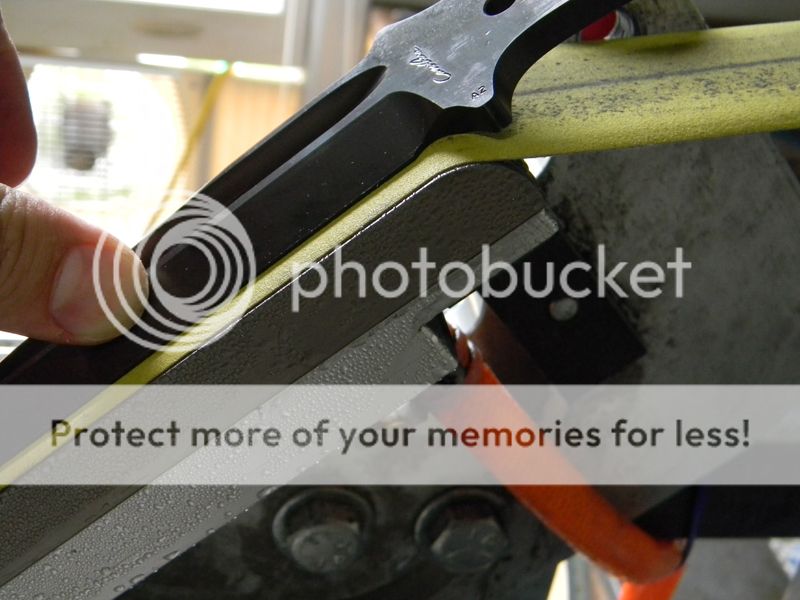- Joined
- Nov 27, 2013
- Messages
- 1,626
Has anyone used a palm sander for the role of hand sanding? I understand things can get out of hand with motorized equipment sometimes. So you'd have to be careful. It also probably wouldn't be that good for getting up into the plunge very well. What I'm wondering is if it could be used for the brunt of the sanding, for a particular grit, and then finish each grit with straight pulls by hand. If going into the higher grits I'm sure there would be a point where you want to switch over to just hand sanding.
I've been thinking about setting up a platen on the top of my KMG so I could grind length-wise. I'm not sure about how to go about it. I know Caleb Royer and Nathan the Machinist have setups like that and they look to work good.
Does anyone have any motorized solution for this process?
I've been thinking about setting up a platen on the top of my KMG so I could grind length-wise. I'm not sure about how to go about it. I know Caleb Royer and Nathan the Machinist have setups like that and they look to work good.
Does anyone have any motorized solution for this process?




